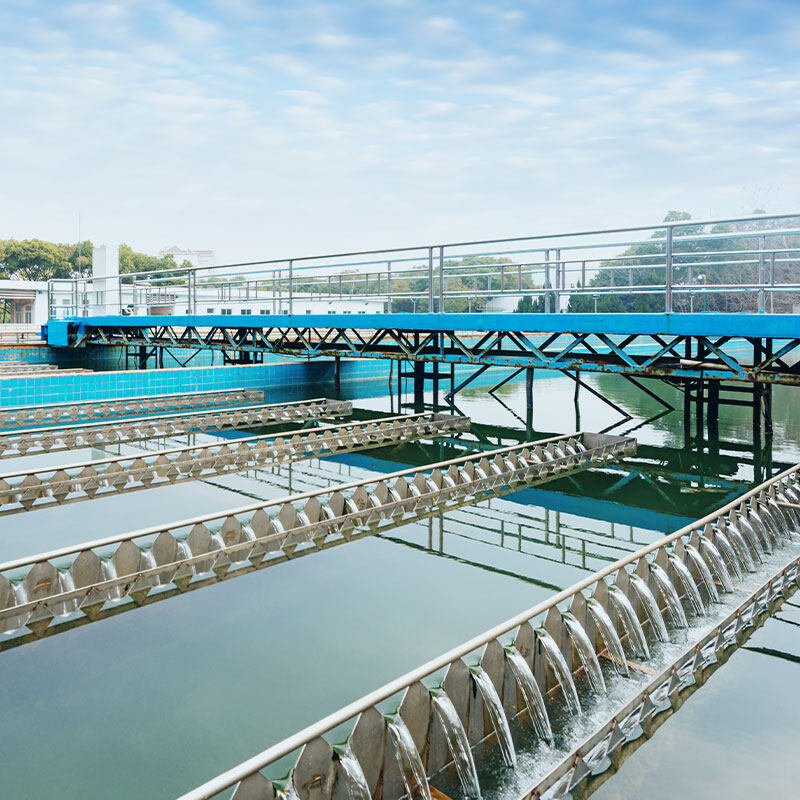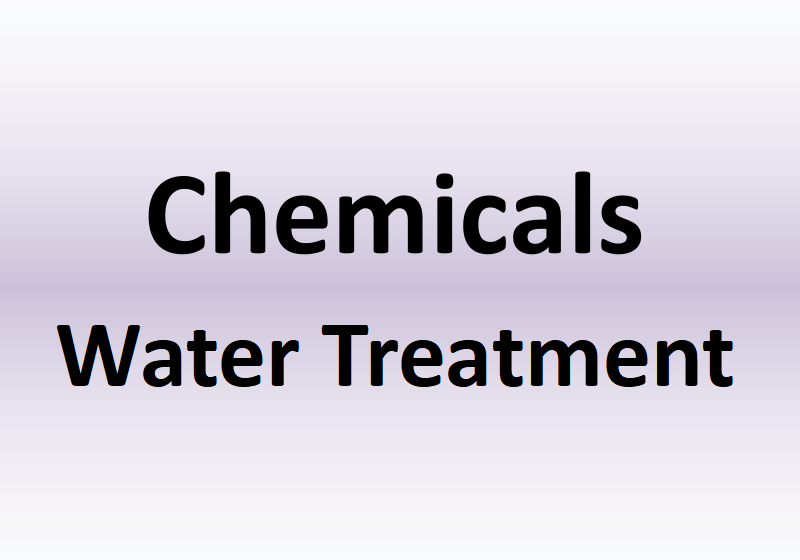Introduction of Flocculant
In order to discharge or reuse the wastewater after treatment, a variety of chemicals are required in the wastewater sewage water treatment process.
According to different uses, these agents can be divided into the following categories:
Flocculant
Flocculant sometimes called coagulant, it can be used as a means to strengthen solid-liquid separation, and is used in primary sedimentation tank, secondary sedimentation tank, flotation tank, tertiary treatment or advanced treatment and other process links.
Function of Flocculant
As a means of strengthening solid-liquid separation in the field of wastewater sewage water treatment, flocculants can be used to strengthen the primary sedimentation, flotation treatment and secondary sedimentation after activated sludge process of sewage, as well as tertiary treatment or advanced treatment of sewage. When used for conditioning before dewatering of excess sludge, flocculant and coagulant aid become sludge conditioner or dehydrating agent.
When using traditional flocculants, the method of adding coagulant aids can be used to enhance the flocculation effect. For example, if activated silicic acid is used as coagulant aid of inorganic flocculants such as ferrous sulfate and aluminum sulfate and added in sequence, good flocculation can be achieved. Therefore, generally speaking, inorganic polymer flocculant IPF is actually prepared by combining coagulant aid and flocculant together and then added together to simplify the operation of users.
Coagulation treatment is usually placed in front of solid-liquid separation facilities, and combined with separation facilities, it can effectively remove the particle size of raw water from 1 nm to 100 μ The suspended solids and colloidal substances of m can reduce the turbidity and CODCr of the effluent, which can be used in the pretreatment and advanced treatment of the sewage treatment process, as well as in the treatment of excess sludge. Coagulation treatment can also effectively remove microorganisms and pathogens in water, as well as emulsified oil, chromaticity, heavy metal ions and other pollutants in sewage. The removal rate of phosphorus contained in sewage can be as high as 90~95% by using coagulation sedimentation, which is the cheapest and most efficient phosphorus removal method.
Action Mechanism of Flocculant
The colloidal particles in the water are small and stable due to surface hydration and electrification. The flocculant is added into the water and hydrolyzed into charged colloid and its surrounding ions to form a double layer micelle. The method of rapid stirring after dosing is adopted to promote the collision opportunities and times of colloidal impurity particles in water and the micelles hydrolyzed by flocculant. Impurity particles in water lose their stability first under the action of flocculant, then agglomerate into larger particles, and then precipitate or float up in the separation facility.
The process of promoting the rapid diffusion of flocculant to water and mixing evenly with all wastewater is mixing.
The process that impurities in water act with flocculants to lose or reduce stability and generate micro flocs through the mechanism of compressing double electric layer and electric neutralization is called coagulation.
The process in which micro flocs formed by coagulation grow into large flocs through the mechanism of adsorption bridging and sediment netting under the agitation of bridging materials and water flow is called flocculation.
The combination of mixing, coagulation and flocculation is called coagulation. The mixing process is generally completed in the mixing tank, and the coagulation and flocculation are carried out in the reaction tank.
Type of Flocculant
Flocculant is a kind of substance that can reduce or eliminate the precipitation stability and polymerization stability of dispersed particles in water, and make dispersed particles agglomerate and flocculate into aggregates.
According to chemical composition, flocculants can be divided into inorganic flocculants, organic flocculants and microbial flocculants.
Inorganic flocculants include aluminum salt, iron salt and their polymers.
Organic flocculants can be divided into anionic, cationic, non-ionic, amphoteric and other types according to the charge properties of charged groups of polymeric monomers. They can also be divided into artificial and natural polymer flocculants according to their sources.
In practical application, inorganic flocculants and organic flocculants are often compounded according to their different properties to make inorganic organic composite flocculants.
Microbial flocculant is the product of the combination of modern biology and wastewater sewage water treatment technology. It is an important direction of the development and application of flocculants.
#QDEVU #WATERTREATMENT #WASTEWATERTREATMENT #SEWAGEWATERTREATMENT



